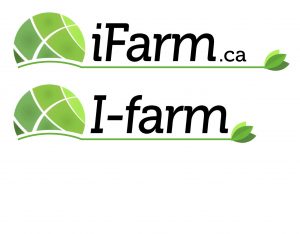- Core Idea
“Buy a piece of dirt, wait for it to become more valuable dirt, then sell or develop.” - Four Value Drivers
• Location – proximity to jobs, schools, highways, utilities.
• Zoning – what the city allows you to build (houses, shops, warehouses, solar farm, etc.).
• Entitlements – the paperwork that upgrades the zoning or density rights.
• Infrastructure – roads, water, sewer, power; once they arrive, price usually jumps. - Profit Paths
a. Flip – buy low, re-zone/entitle, sell higher.
b. Develop – build and sell homes or commercial pads.
c. Hold & Lease – cell-tower, billboard, solar, agriculture, parking.
d. Long-term speculation – buy on the edge of growth, wait for the city to come to you. - Key Metrics
• /acre(or/sq ft) vs. comps.
• “Highest and Best Use” – the most profitable legal use.
• Carry cost – taxes, insurance, HOA, loan interest while you wait.
• IRR – annualized return that must beat other real-estate or stock options. - Due-Diligence Checklist (30-second version)
? Title & survey (no liens, exact boundaries).
? Zoning & future land-use map.
? Utilities: water/sewer capacity letters, power distance.
? Environmental: wetlands, endangered species, soil contamination.
? Access: legal road frontage or easement.
? Tax history & annual property-tax trend. - Risk Capsule
“You can be right about growth, but wrong about timing or zoning.”
Mitigation: buy below intrinsic value, keep debt low, budget 2-3× longer holding periods.
Buying undervalued dirt near expanding infrastructure, secure the zoning rights that unlock higher use, and sell either the entitled land or the finished product to developers at a multiple of our basis.”

 Source: FCC calculations.
Source: FCC calculations. Source: FCC calculations.
Source: FCC calculations.
